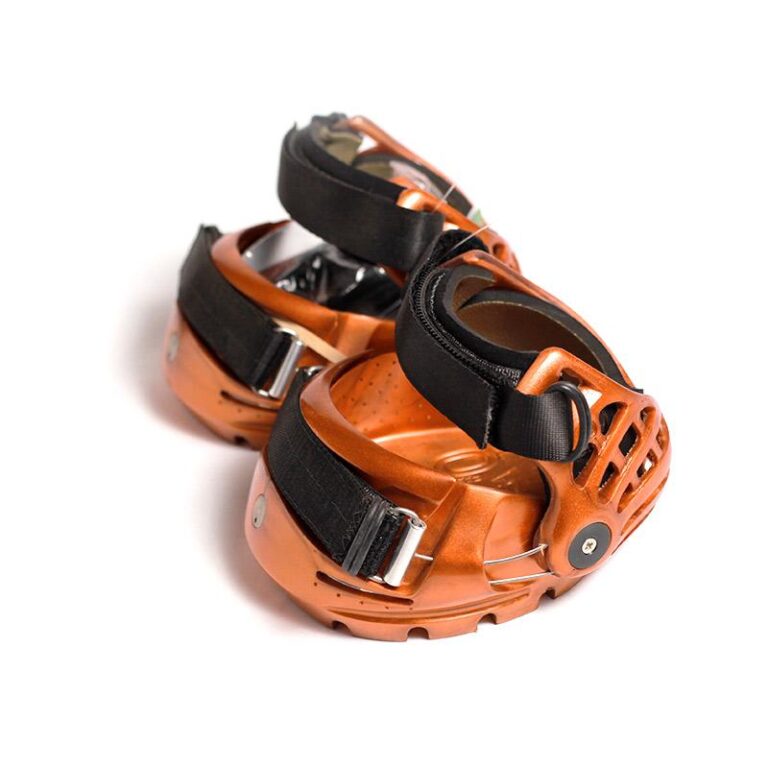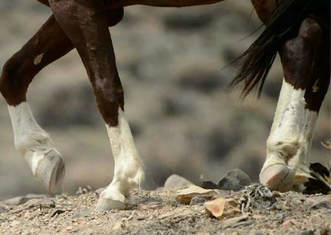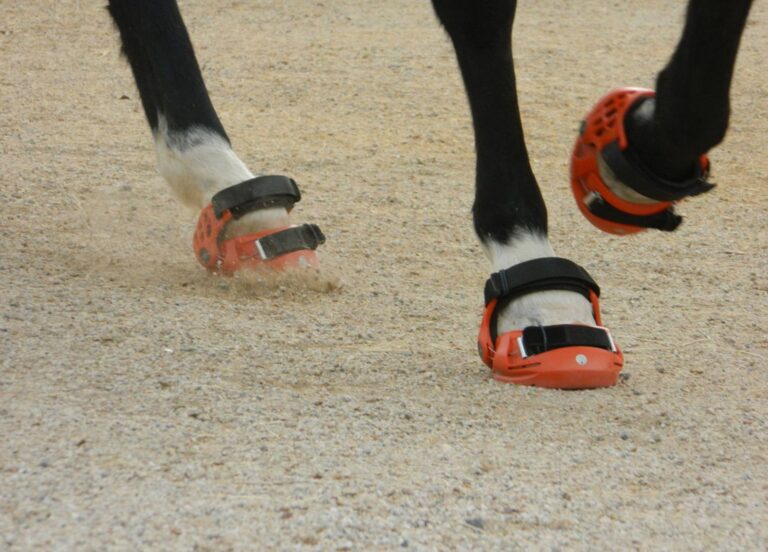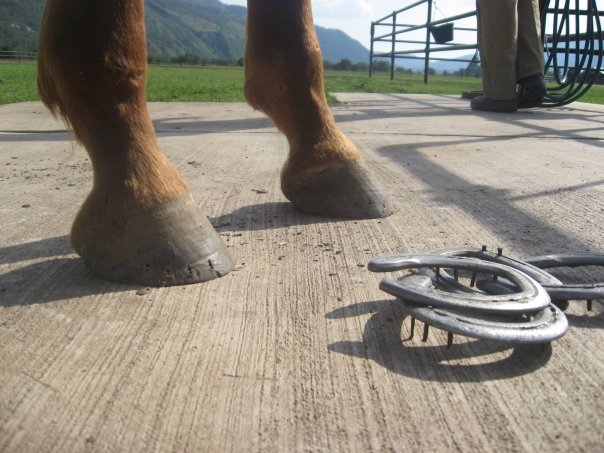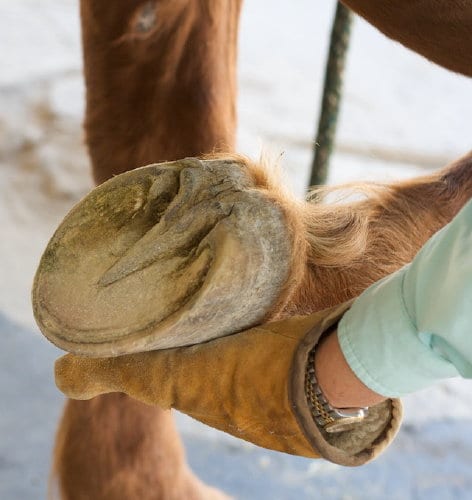The main question I get in the winter is: Why did my horse’s feet grow so much? People are often confused because most equestrians know that hoof and hair growth slows in the winter, yet when they pick up their feet, they see a big rim of wall surrounding a much lower sole. How can both be true?
In the summer, your horse has very different feet than in the winter. The main difference is that hooves in the summer are rock hard and wear like iron. The sole becomes nice and firm, forming a thick protective layer over the coffin bone that can become vulnerable to stone bruises and abcessing if the sole is too thin. In winter the additional moisture of the rain, snow, and the mud it leaves behind can cause soles to slough off, revealing the true hoof under all that armor plating.
So what is really happening is, yes, the growth slows down but when the winter moisture sets in, that protective layer dissolves, exposing the more resistant hoof wall and bars (which are all the same material and are all connected). This is why I love to trim in the winter. Both because the hoof is actually softer, and without the excess sole, it is easy to see where the hoof needs to be trimmed.
The downside of this exfoliation is that there is less of a protective layer against bruising. However, the ground is also softer so I will always ride without boots all winter. If I have been trimming the horse for awhile, the horse is using his frog, bars, and all the great protection in the back of the hoof instead of walking on his toes or just the outside wall (which is the case with shoes). Additionally, under all that sole is a nice concave shape to the underside of the foot, so the vulnerable thin sole isn’t touching the ground anyways.
If the nutrition piece is in place, and the horse isn’t recovering from pre-existing hoof trauma, the thin-soled winter hoof can be just as sound as the rock-hard summer hoof.

